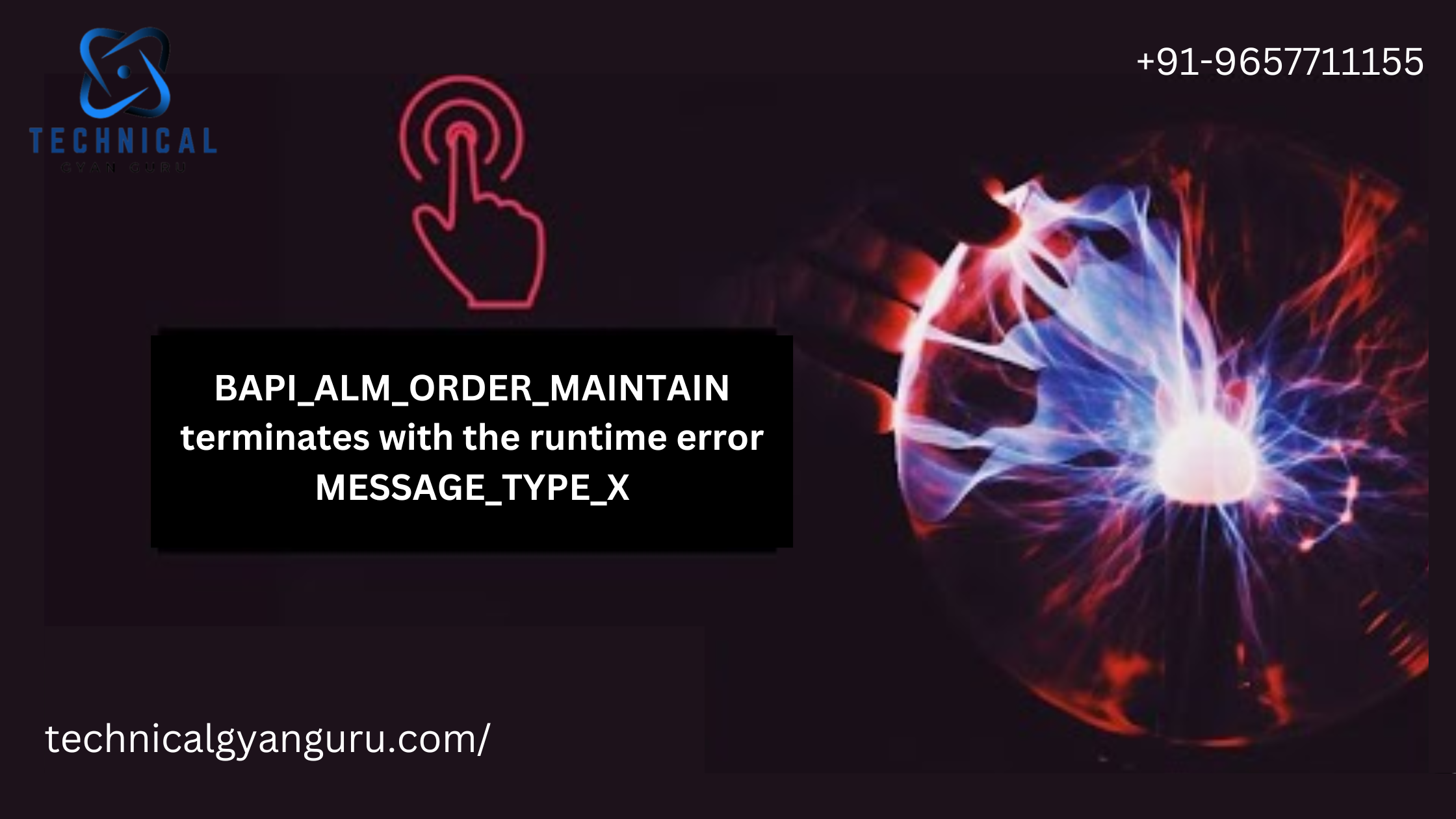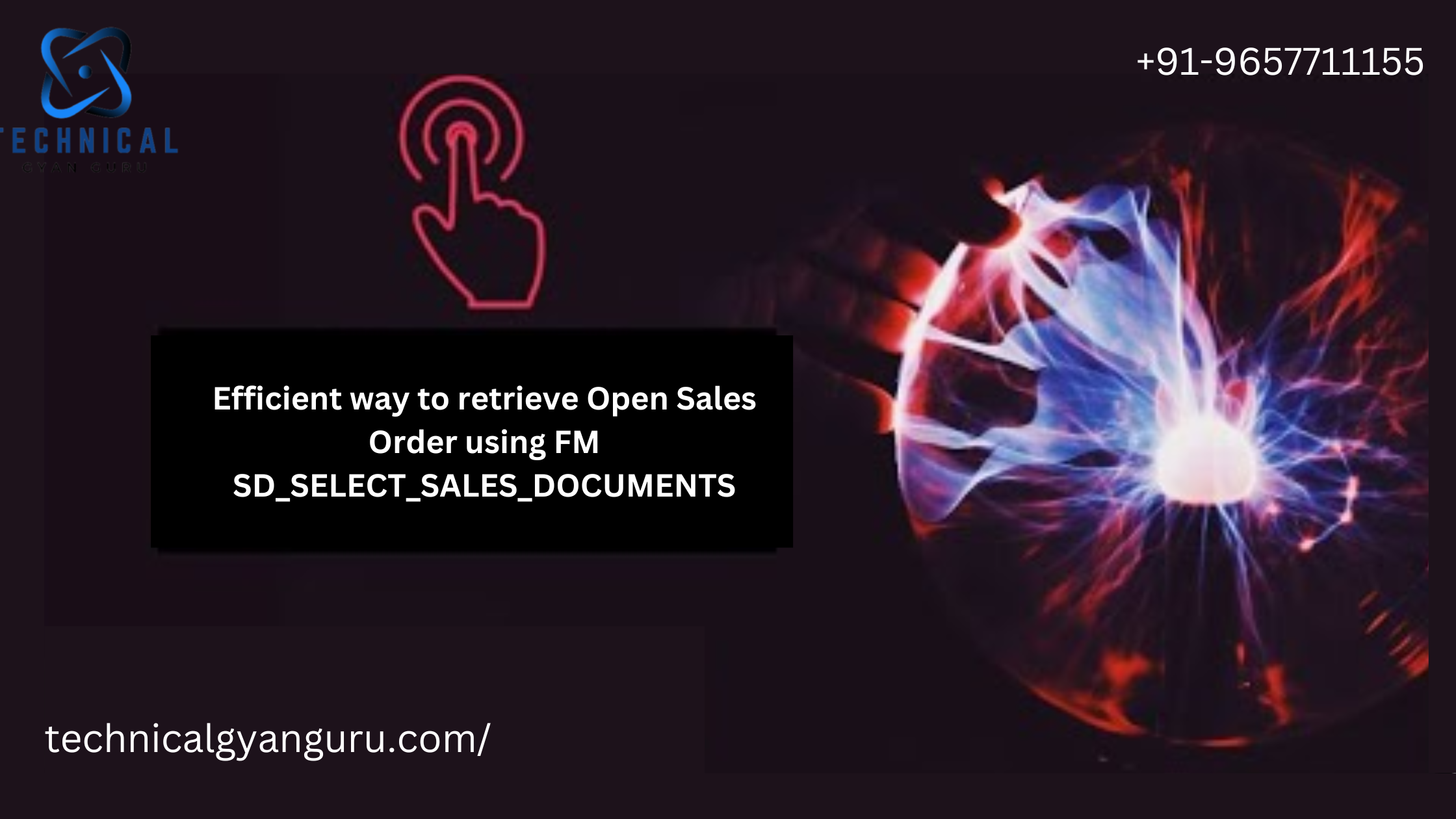analytical view in sap hana. Demystifying Analytical Views in SAP HANA! Discover how this powerful tool unlocks real-time data insights, streamlines analysis, and fuels informed decision-making. Dive into key concepts, benefits, creation steps, and expert tips… (But wait, there’s more!) Explore use cases, common questions, and LSI keywords to supercharge your SAP HANA journey! ✨
Feeling lost in a sea of data, yearning for real-time insights to steer your business decisions? Stop searching and start analyzing! The answer lies within the powerhouse of SAP HANA, waiting to be unlocked with the magic of Analytical Views. 🪄
Remember the days of sluggish data warehouses and agonizing wait times for answers? Analytical Views shatter those limitations, propelling you into an in-memory analytics wonderland. Imagine lightning-fast queries, streamlined data exploration, and actionable insights delivered at your fingertips – that’s the transformative power of this game-changing tool.
Whether you’re a seasoned data whiz or a curious business user, this comprehensive guide empowers you to harness the full potential of Analytical Views in SAP HANA. Dive deep into the core concepts, unlock their hidden benefits, and master the art of building your own custom analytics solution. Get ready to:
- Ditch the wait: Experience blazing-fast data analysis that fuels informed decision-making, not frustration.
- Simplify your analytics journey: Unravel the secrets of star schema, dimensions, measures, and aggregation, the building blocks of your Analytical View empire.
- Become a data architect: Learn the step-by-step process to create powerful Analytical Views in SAP HANA Studio, tailored to your specific needs.
- See it in action: Explore real-world use cases and inspiring examples showcasing how businesses leverage Analytical Views to gain a competitive edge.
- Go beyond the basics: Unlock advanced features like calculated measures, attribute views, and security best practices to truly supercharge your analytics game.
So, buckle up and prepare to embark on a data-driven adventure! With this guide as your compass, you’ll conquer the world of Analytical Views in SAP HANA and transform your business intelligence like never before. Let’s get started!
Unveiling the Power of Analytical Views: Your Gateway to Real-Time Insights
Remember the days when waiting for data insights felt like watching paint dry? Those slow-motion analytics are a thing of the past with the arrival of Analytical Views in SAP HANA. But beyond just speed, these powerful tools unlock a treasure trove of benefits that empower you to truly understand your business data and make informed decisions in real-time. Let’s delve deeper into the core concepts and discover how Analytical Views can revolutionize your data exploration journey.
Star Schema: The Foundation of Clarity
Think of an Analytical View as a meticulously organized library, where knowledge is stored in a way that makes finding exactly what you need effortless. This organization follows the principles of a “star schema,” the underlying structure of Analytical Views. Imagine a central fact table at the heart of the library, holding your key business metrics like sales figures or customer details. Surrounding this core are multiple dimension tables, acting like bookshelves categorized by time, product, location, or any other relevant dimension.
This structure allows for lightning-fast analysis because related data is physically stored together, minimizing the need for complex joins and data retrieval across disparate systems. Think of it like grabbing a specific book from a clearly labeled shelf instead of searching through the entire library!
Dimensions & Measures: Building Blocks of Analysis
Now, let’s explore the contents of this data library. Each dimension table holds descriptive attributes that paint a richer picture of your metrics. For example, a “customer” dimension might contain details like demographics, purchase history, and preferences. These attributes help you analyze your sales data from various angles, understanding which customer segments are driving growth or uncovering hidden buying patterns.
On the other hand, measures are the quantitative values you’re most interested in, typically stored in the fact table. Think of them as the key performance indicators (KPIs) you track, like sales amounts, profit margins, or customer churn rates. By linking dimensions and measures through the star schema, you can easily analyze these KPIs across different dimensions, gaining deeper insights into their drivers and trends.
Aggregation: Unveiling Trends & Patterns
But raw data points alone don’t always tell the full story. This is where aggregation comes into play, allowing you to summarize and condense your data to reveal trends and patterns. Imagine having thousands of individual sales transactions. Analyzing each one would be overwhelming, but with aggregation, you can group them by product category, month, or region, calculating total sales, average purchase value, or any other relevant metric. This condensed view paints a clearer picture of overall performance and helps you identify areas for improvement or strategic opportunities.
By understanding these core concepts – star schema, dimensions, measures, and aggregation – you’ve laid the foundation for unlocking the true power of Analytical Views in SAP HANA. In the next section, we’ll delve into the tangible benefits this unlocks for your business and explore how to build your own customized Analytical Views to empower data-driven decision-making!
Building Your Analytical View Toolkit: Unleash Your Inner Data Architect
Now that you’ve grasped the core concepts of Analytical Views, it’s time to roll up your sleeves and get hands-on! In this section, we’ll equip you with the knowledge and tools to build your own customized Analytical View in SAP HANA Studio, transforming raw data into actionable insights. Consider yourself the architect designing your personal data analysis haven!
Data Source Integration: The Building Blocks
Just like any great building, an Analytical View starts with a solid foundation – its data sources. Remember, Analytical Views can integrate data from various sources within your SAP landscape, making them incredibly versatile. This includes tables from your SAP HANA database, data warehouses like BW, or even external systems through connectors.
Think strategically about the data you need to answer your specific business questions. For instance, analyzing sales performance might require integrating customer data, product information, and sales transactions from different sources. By seamlessly combining these diverse data streams, you gain a holistic view and uncover hidden correlations that siloed data might miss.
Defining Dimensions & Measures: Tailoring Your View
Once you’ve identified your data sources, it’s time to define the building blocks of your Analytical View – dimensions and measures. Remember, dimensions provide context and detail, while measures represent the quantitative values you want to analyze. Let’s revisit our sales analysis example. You might define dimensions like “customer,” “product,” “date,” and “region,” allowing you to analyze various aspects of your sales data. Measures could include “sales amount,” “profit margin,” and “quantity sold,” providing key performance indicators.
The key here is to tailor your dimensions and measures to your specific needs. Don’t overload your View with unnecessary data – focus on the information truly crucial for answering your chosen questions. This ensures efficient analysis and avoids information overload.
Aggregation & Logic: Shaping Your Analysis
Remember, aggregation allows you to condense and summarize your data, revealing trends and patterns. With Analytical Views, you can define various aggregation levels and logic, fine-tuning how your data is presented. For instance, you can choose to analyze sales data by day, month, or quarter, or calculate averages, minimums, or maximums for your chosen measures.
Think about the level of detail you need and the insights you aim to uncover. Do you want to track daily sales fluctuations or identify seasonal trends? Defining appropriate aggregation levels and logic empowers you to extract the most meaningful insights from your data.
Best Practices: Building for Performance & Maintainability
As you construct your Analytical View, keep in mind some best practices for optimal performance and maintainability. First, leverage pre-defined data types and avoid complex calculations within the View itself. Next, utilize calculated measures only when necessary and keep them simple for efficient processing. Finally, remember to document your View clearly, including data sources, logic, and purpose, ensuring future maintainability and understanding for yourself or others.
Unleashing Analytics Potential: Use Cases & Examples – See How Businesses Win with Analytical Views
Now that you’re equipped with the knowledge and tools to build your own Analytical Views, let’s see how these powerful tools translate into real-world business impact. Buckle up and explore diverse use cases across various industries, showcasing how companies leverage Analytical Views to gain a competitive edge through data-driven insights:
Boosting Sales Performance:
Imagine a retail company analyzing customer purchase history across different product categories, regions, and demographics using an Analytical View. This allows them to identify top-selling items, understand regional buying patterns, and personalize marketing campaigns for different customer segments. The result? Increased sales, targeted promotions, and a more engaged customer base.
Optimizing Supply Chain Efficiency:
Picture a manufacturing company tracking inventory levels, production costs, and delivery times in real-time through an Analytical View. This empowers them to anticipate stockouts, identify areas for cost reduction, and optimize delivery routes. The outcome? Improved logistics efficiency, reduced production costs, and happier customers receiving their orders on time.
Enhancing Customer Service:
Imagine a telecommunications company analyzing customer call logs and service tickets within an Analytical View. This enables them to identify common issues, track resolution times, and personalize support based on customer profiles. The result? Improved customer satisfaction, reduced churn rates, and a more efficient service center.
These are just a glimpse into the vast potential of Analytical Views. Remember, the possibilities are endless, and the specific use cases depend on your industry and business goals. By creatively harnessing the power of these tools, you can unlock real-time insights, optimize operations, and make data-driven decisions that propel your business forward.
Beyond these examples, keep in mind:
- Analytical Views can be integrated with various reporting and visualization tools, transforming data into interactive dashboards and reports for wider communication and decision-making.
- They can be embedded within business applications, providing real-time data insights directly within the workflow, empowering users to make informed choices on the fly.
Beyond the Basics: Advanced Tips & Tricks – Unlock the Untapped Potential of Your Analytical Views
Mastering the fundamentals of building Analytical Views is a solid foundation, but the true power lies in unlocking their advanced capabilities. In this section, we’ll delve into expert tips and tricks to optimize your Views, explore lesser-known features, and push the boundaries of your data analysis game. Get ready to supercharge your Analytical Views and extract even deeper insights!
Calculated Measures: Unleashing Flexibility & Granularity
Remember, standard measures often provide basic aggregations like SUM or AVG. But with calculated measures, you can unleash a whole new level of analytical flexibility. Imagine needing a custom metric like “profit per customer segment” or “average order value by region.” With calculated measures, you can define formulas using existing measures and operators, creating tailored metrics that precisely answer your specific questions.
This opens doors to complex analysis and allows you to move beyond basic aggregations. However, remember to use calculated measures judiciously, avoiding overly complex formulas that might impact performance. Keep them simple, efficient, and focused on delivering the specific insights you need.
Restricted Measures: Drilling Down for Targeted Analysis
While calculated measures offer flexibility, restricted measures provide another powerful tool for focused analysis. Imagine analyzing sales data across all product categories but wanting to zoom in on specific high-performing items. Restricted measures allow you to define dynamic filters based on other dimensions within your View. In this example, you could restrict your sales analysis to products exceeding a certain profit margin, providing a targeted view of your most successful offerings.
This ability to dynamically filter and drill down within your data empowers you to uncover hidden patterns and trends that might be missed in broad-brush analyses. Remember, effective use of restricted measures requires a clear understanding of your data and the specific insights you’re seeking.
Attribute Views: Expanding Your Analytical Horizons
Analytical Views typically focus on measures, but sometimes you need to analyze descriptive data itself. This is where attribute views come in handy. Think of them as specialized Views designed to explore and analyze detailed information within your dimensions. Imagine analyzing customer demographics like age, location, and purchase history to identify key customer segments. Attribute views allow you to perform this type of analysis efficiently, providing valuable insights into your customer base.
Remember, attribute views are particularly useful when you need to analyze detailed information within dimensions without involving measures. They offer a different lens for exploring your data and uncovering hidden relationships or patterns within descriptive attributes.
By mastering these advanced features and understanding their applications, you’ll unlock a whole new level of analytical power with your Analytical Views. In the next section, we’ll address frequently asked questions to dispel any lingering doubts and ensure you’re fully equipped to embark on your data-driven journey with confidence!
VI. People Also Ask: Unlocking Your Analytical View FAQs
Your journey towards mastering Analytical Views doesn’t end here! We’ve compiled some frequently asked questions to address lingering doubts and equip you with comprehensive knowledge:
1. When to use Analytical Views vs. other data models, like Info Cubes?
Analytical Views shine when you need real-time analysis, fast performance, and flexibility. Their in-memory architecture delivers lightning-speed queries, ideal for exploring data, identifying trends, and making quick decisions. Info Cubes, while powerful for complex reporting and historical analysis, can be slower due to their disk-based storage. Choose Analytical Views for agile analysis and Info Cubes for in-depth historical reporting.
2. What are the limitations of Analytical Views?
While incredibly versatile, Analytical Views have limitations. Their in-memory nature restricts data volume compared to Info Cubes. Additionally, complex calculations within Views can impact performance. Remember, they’re best suited for smaller to medium-sized datasets and focused analysis, not large-scale historical reporting.
3. How to secure access to Analytical Views?
Security is paramount! SAP HANA offers granular access control mechanisms to secure your Views. Define user roles and permissions, specifying which Views users can access, what actions they can perform (read, modify, delete), and even filter data based on specific criteria. Ensure only authorized users access sensitive data, safeguarding your valuable business insights.
4. What are the future trends in SAP HANA analytics?
The future of SAP HANA analytics is bright! Expect advancements in artificial intelligence (AI) and machine learning (ML) integration, enabling automated insights and predictive analytics within Analytical Views. Additionally, semantic technologies will simplify data access and exploration, making advanced analytics more accessible to business users. Stay tuned for exciting developments that further empower data-driven decision-making!
5. Where to find resources and tutorials for learning more?
SAP provides extensive documentation, tutorials, and online communities dedicated to SAP HANA and Analytical Views. Leverage these resources to deepen your understanding, explore best practices, and stay updated on the latest features and functionalities. Remember, the learning journey is continuous, so actively seek out new knowledge and expand your analytical skillset.
Conclusion
Your Gateway to Data-Driven Success with Analytical Views
Congratulations! You’ve embarked on a comprehensive journey, unlocking the secrets of Analytical Views in SAP HANA. Remember, the key takeaways are:
- Unparalleled Speed & Performance: Ditch the wait, experience real-time data analysis for informed decision-making in a blink.
- Flexibility & Customization: Build tailored Analytical Views catering to your specific needs, unlocking hidden insights in your data.
- Advanced Capabilities: Explore calculated measures, restricted measures, and attribute views to push the boundaries of your analysis.
- Real-World Impact: See how businesses leverage Analytical Views to optimize operations, boost sales, and gain a competitive edge.
Don’t let this valuable knowledge gather dust! Take action today:
- Download and practice building your first Analytical View. Start small and experiment to grasp the concepts.
- Explore real-world use cases and identify opportunities to apply Analytical Views in your own business.
- Leverage the resources provided and continuously expand your knowledge base. Stay updated on the latest features and trends.
Remember, data is your most valuable asset. With Analytical Views as your key, unlock its full potential, transform your business intelligence, and make data-driven decisions that propel you towards success. So, embark on this exciting journey, embrace the power of Analytical Views, and watch your business soar!
you may be interested in this blog:
Ace Your Interview! Top Salesforce Service Cloud Interview Questions & Answers (2024 Edition)







